Personalization in Retail: Strategies, Examples, and AI-Driven Wins
Published on November 10, 2025/Last edited on November 10, 2025/13 min read

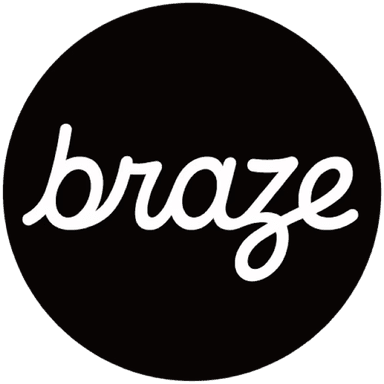
Team Braze
Retailers that personalize often see 10-15 % revenue lift just from getting offers and content right, and 71% of consumers expect brands to deliver tailored experiences. But many brands still deliver generic messaging that frustrates shoppers and misses opportunities.
As marketers move from basic segmentation to 1:1 journeys across multiple channels, retailers must seamlessly blend physical and digital touchpoints.
In-store experiences also carry an intimacy that’s hard to replicate online, making customers feel seen and valued in the moment. With AI-driven personalization, that complexity becomes an opportunity—”phygital” journeys that adapt in real time and scale across every channel.
This guide explores the strategies that work, real examples of retail personalization in action, and how retailers are combining data and machine learning to build loyalty, boost retention, and drive measurable return.
Contents
- What is retail personalization?
- Why personalization in the retail industry matters
- Eight examples of retail personalization
- Retail personalization strategies that work
- The role of AI in retail personalization
- Challenges in retail personalization
- How Braze supports personalization in retail
- Real life personalization in retail case studies
- Final thoughts about personalization in retail
- Personalization in retail FAQs
What is retail personalization?
Retail personalization is the use of customer data to shape shopping experiences that feel relevant and timely, both online and in store. Rather than treating every shopper the same, retailers tailor product recommendations, offers, and messages to reflect a customer’s interests, purchase history, and real-time context.
A personalized experience could be a loyalty discount applied automatically at checkout, a replenishment reminder that arrives just before a product runs out, or an app notification that adapts to the weather in a shopper’s location. Each of these moments shows customers that the brand understands their needs.
Retail personalization extends across physical and digital environments. In store, a sales associate might use loyalty insights to make tailored suggestions, while digital channels like email, SMS, or push notifications continue the conversation beyond the store. Bringing those touchpoints together creates a seamless, connected journey that strengthens customer trust.
Why personalization in the retail industry matters
Personalization in the retail industry has a direct impact on key business outcomes such as conversion, average order value, and repeat purchase rate. Ninety-one percent of consumers are more likely to shop with brands that provide offers and recommendations tailored to them.
It also strengthens loyalty. When rewards, promotions, and communications reflect individual behavior, customers are more inclined to stay active in programs and maintain their relationship with the brand. Predictive personalization helps here too, highlighting early signs of churn and enabling timely outreach that keeps customers engaged.
There are efficiency gains as well. Rather than discounting broadly, retailers can focus incentives only on customers who are likely to need them, protecting margin while still driving incremental sales. In a competitive market where acquisition costs are rising, that precision is a strategic advantage. Personalization also contributes to higher CLV by extending customer relationships and creating repeat purchase patterns that strengthen loyalty over time.
8 examples of retail personalization
Personalization in retail takes many forms, from digital-first tactics to experiences that bridge online and in-store interactions. The following examples highlight practical ways retailers are applying personalization to lift conversion, increase loyalty, and create connected journeys that make customers feel recognized.
1. Welcome offers for new shoppers
When a customer signs up online or in store, a personalized welcome email or app message with an introductory discount can accelerate their first purchase. Pairing this with relevant product recommendations helps new customers discover items that match their interests from the start.
2. Abandoned cart recovery with product recommendations
Cart recovery campaigns remain one of the highest-performing personalization tactics. Retailers can combine reminders with dynamic offers or tailored product suggestions to nudge customers back to checkout, increasing conversion lift without broad discounting.
3. Hyper-personalized product recommendations
AI recommendations can suggest products based on browsing history, past purchases, or even location-specific trends. This level of personalization helps increase average order value and repeat purchase rate by making each shopping journey feel individually curated.
4. Dynamic promotions based on loyalty tier
Rather than sending the same discount to everyone, retailers can adjust offers depending on a shopper’s loyalty status. High-value customers might receive exclusive perks, while occasional buyers see incentives designed to encourage frequency.
5. In-store and digital loyalty integration
Phygital experiences (that’s in-store + digital integration), is where loyalty programs truly come to life. A shopper can redeem points earned online at the point of sale, or receive a push notification reminding them of rewards as they enter a store. Connecting loyalty data across environments makes the program feel seamless.
6. Seasonal and event-based personalization
Campaigns tied to birthdays, holidays, or local events create a timely reason to engage. Personal touches—such as a birthday discount delivered by SMS or a location-based push for a regional event—strengthen customer relationships.
7. Predictive churn prevention with proactive nudges
By analyzing signals like declining purchase frequency or reduced app engagement, retailers can predict when a customer is likely to lapse. A timely message, incentive, or recommendation helps prevent churn and extend customer lifetime value.
8. Post-purchase personalization
The journey doesn’t end at checkout. Retailers can use follow-up emails or app notifications to cross-sell complementary products, remind customers to replenish, or invite them to leave a review. These interactions sustain engagement and encourage repeat purchases. Retailers can also use personalization at checkout, such as showing tailored upsell suggestions or loyalty rewards, to add value at the point of purchase.
Retail personalization strategies that work
Effective personalization in the retail industry combines customer data, predictive analytics, and cross-channel orchestration. These strategies help brands engage shoppers in ways that are consistent, scalable, and meaningful.
Segmentation with predictive intelligence
Customer segmentation has moved past broad demographic groups. Today, retailers use behavioral data, purchase history, and predictive models to anticipate customer needs. This approach supports more accurate product recommendations, promotions, and communications that adapt in real time.
Omnichannel coordination
Omnichannel retail depends on creating consistency across email, SMS, apps, websites, and physical stores. Coordinating those touchpoints allows customers to move fluidly between digital and in-person interactions.
Hyper-personalization and batch campaigns
There is still space for large-scale campaigns, such as seasonal announcements. But personalization at the individual level—driven by AI—can adjust content, timing, and offers for each shopper. Retailers that combine these approaches keep communications flexible while still speaking to customer needs.
The role of AI in retail personalization
AI has reshaped how retailers approach personalization. Instead of static campaigns that respond only after a customer acts, brands can now anticipate needs, deliver messages at the right moment, and adapt journeys dynamically.
These capabilities transform personalization into a continuous, data-driven process. Retail AI tools make it possible to connect these capabilities, analyzing massive amounts of data to support everything from real-time triggers to reinforcement learning.
Real-time triggers and predictive send-time
AI makes it possible to respond to customer behavior in the moment—whether that’s a push notification triggered when someone enters a store or an email timed for the exact window a shopper is most likely to open it. Predictive send-time optimization learns from past engagement patterns, making sure each message lands when attention is highest.
Hyper-personalization at the individual level
Behavioral targeting plays a central role in hyper-personalization. AI can tailor every interaction—from recommendations and offers to creative and timing—based on how each customer browses, shops, and engages. Instead of targeting groups with similar attributes, models adapt to each shopper’s unique behavior and context. This level of precision strengthens loyalty and lifts customer lifetime value.
Reinforcement learning for continuous optimization
Rather than running one-off tests, reinforcement learning allows campaigns to evolve in real time. In reinforcement learning, AI agents make autonomous decisions based on first-party data tied to individual customers. The goal of the agent is to optimize a business metric and it "learns" based on rewards or penalties it receives, based on the outcomes of those decisions. This means it adapts alongside shopper behaviors, creating a cycle of highly personalized continuous optimization.
Challenges in retail personalization
Even with powerful tools available, personalization in retail comes with hurdles that can hold back execution.
Data silos
Customer information often lives across disconnected systems—eCommerce platforms, loyalty databases, point of sale systems, and mobile apps. Without a unified view, it’s difficult to create consistent journeys or recognize the same customer across touchpoints.
Privacy and compliance
Regulations such as GDPR and CCPA place clear limits on how data can be collected and used. Retailers must balance personalization with transparency and consent, building trust without overstepping boundaries.
Over-targeting and fatigue
When personalization tips into over-messaging, customers may feel tracked rather than supported. The challenge is balancing frequency and relevance so customers stay engaged without feeling overwhelmed.
Scalability
What works in a pilot campaign may struggle to scale across millions of customers and dozens of channels. Retailers need the infrastructure to handle real-time decisions at volume without losing quality.
How Braze supports personalization in retail
Personalization at scale for retail requires technology that can unify customer data, make smarter decisions, and deliver consistent experiences across every channel. Braze provides the tools to do just that.
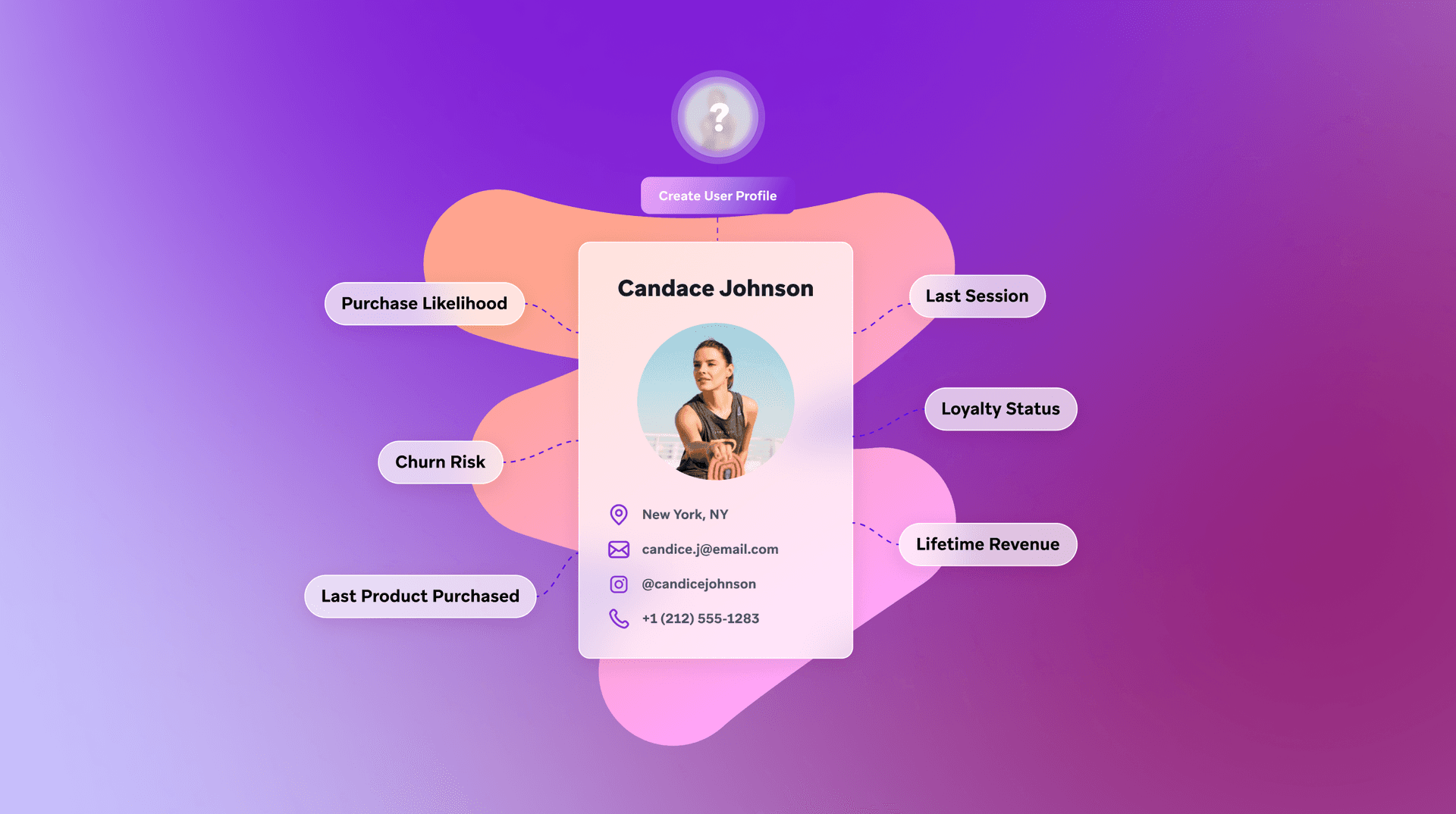
Unified customer profiles
By bringing together data from ecommerce platforms, loyalty programs, apps, and point of sale systems, brands can create a single view of each customer. This makes it possible to act on preferences and behaviors in real time, without the friction of disconnected systems.
Predictive personalization and optimization
BrazeAI Decisioning Studio™ uses reinforcement learning to continuously refine which offers, messages, and journeys drive the best results—so personalization keeps improving as customer behavior evolves.
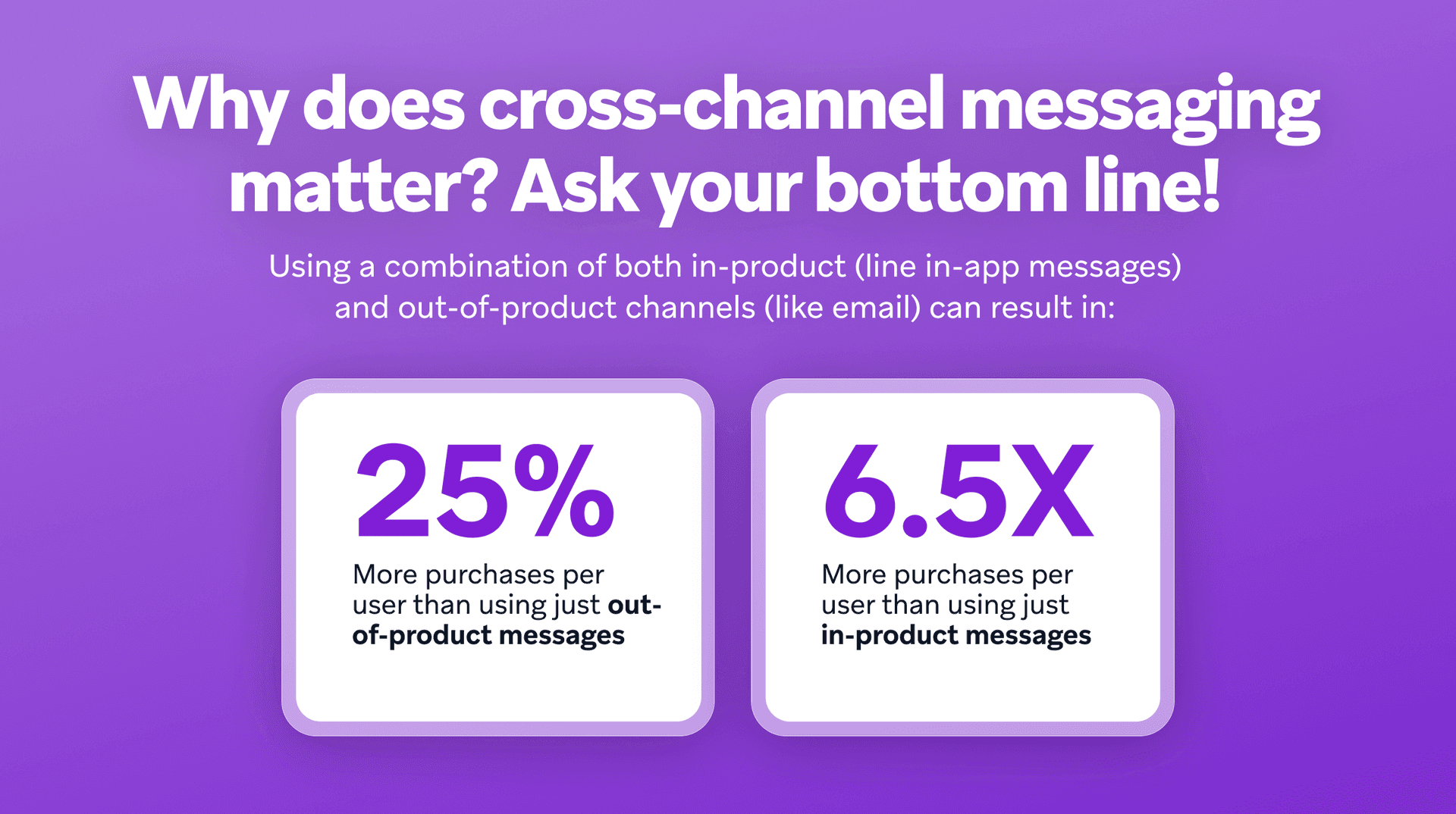
Cross-channel orchestration
Drag-and-drop journey builders allow marketers to design campaigns that span email, SMS, push, in-app, websites, and in-store touchpoints. Coordinating these channels means customers receive a seamless experience wherever they interact.
Dynamic content delivery
Retailers can feed live data directly into messages, apps, and websites, so every touchpoint feels individualized. From personalized product recommendations to loyalty balances displayed in-app, dynamic content helps make personalization both scalable and tangible.
Real life personalization in retail case studies
Real-world results show how retailers are using Braze to turn data into personalized experiences that drive measurable impact. The following examples—from luxury ecommerce to grocery and beauty—highlight different ways personalization can strengthen engagement, increase sales, and build loyalty at scale.
24S makes luxury feel personal
24S, LVMH’s online luxury retailer, brings Parisian elegance to a global audience with a curated selection of more than 60 brands.
Challenge
The team wanted to increase purchase frequency and maximize first purchases while delivering personalized experiences at scale. Multiple disconnected platforms made sending triggered emails, mobile messaging, and recommendations disjointed and resource-heavy.
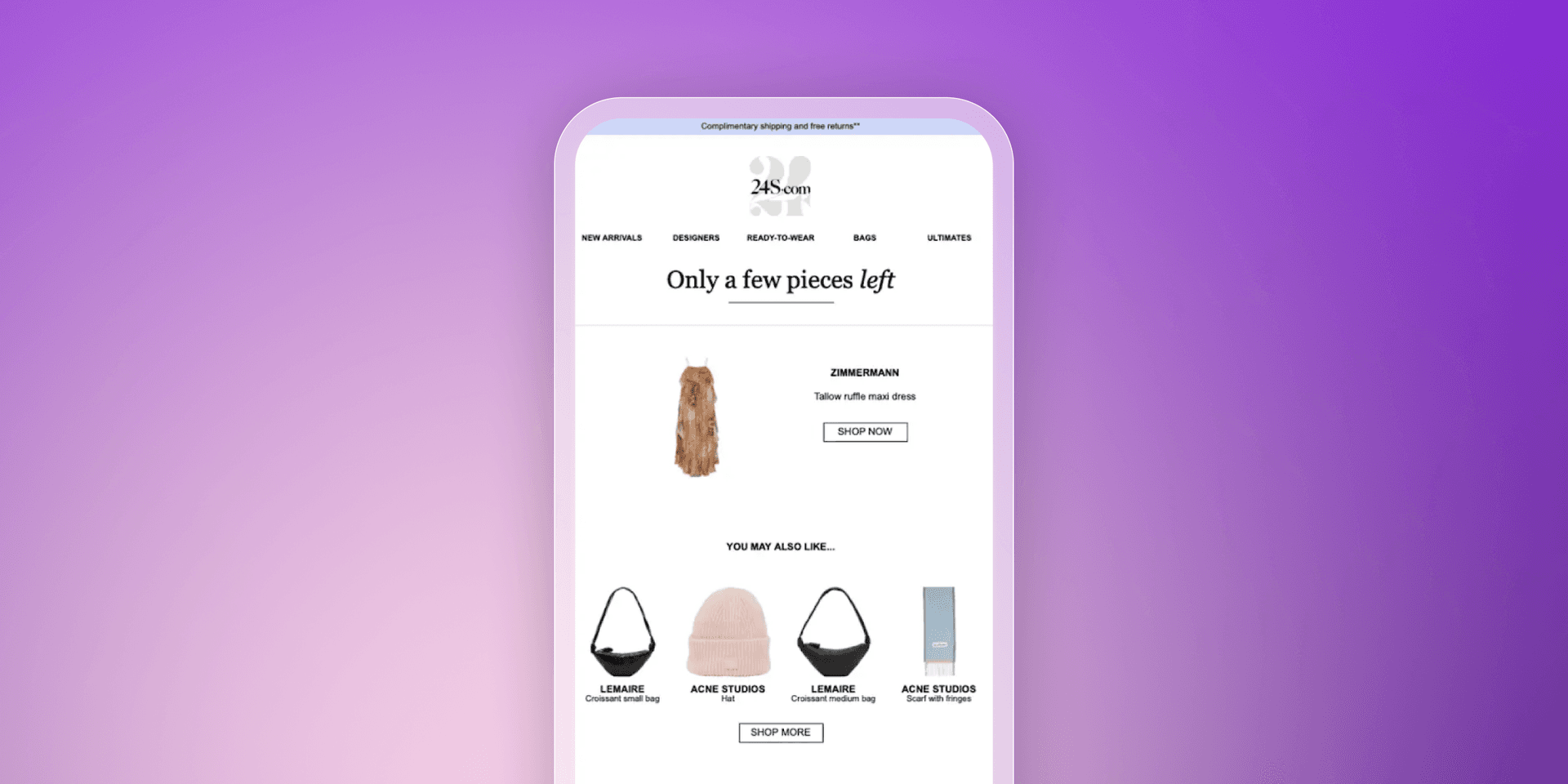
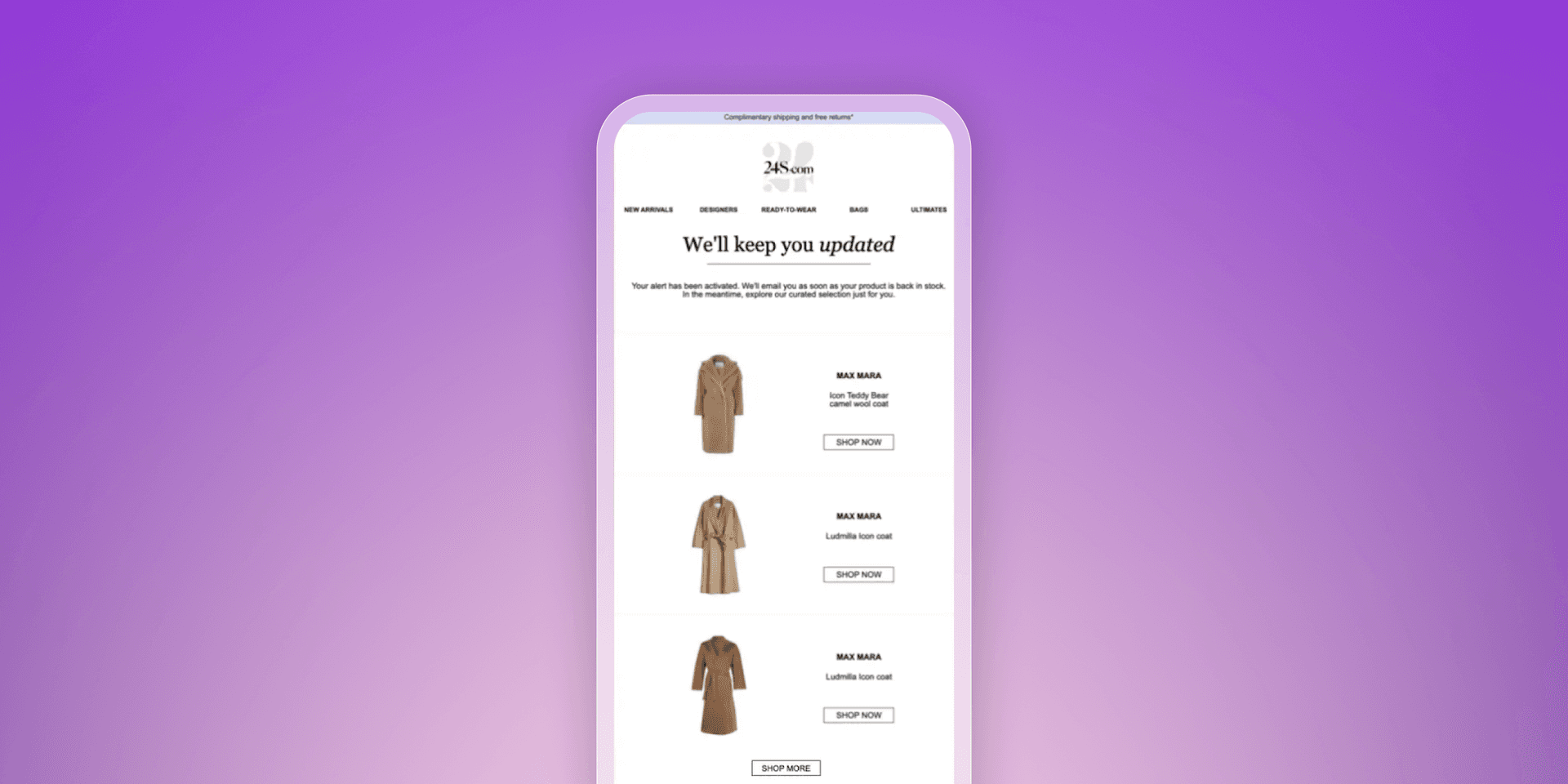
Strategy
Using Braze, 24S launched eight personalized triggered campaigns that turned potential friction points—such as out-of-stock items and abandoned carts—into opportunities for engagement. Back-in-stock campaigns were enriched with AI-powered product recommendations, while abandoned cart campaigns dynamically adapted based on stock levels to create urgency.
Results
- 35% increase in purchase conversion rate (3-day purchase) over six months
- 7% increase in add-to-cart rate in six months
- Reduced costs and technical complexity by consolidating systems
Erewhon blends wellness with personalization
Erewhon, the Los Angeles-based premium grocery retailer, is known for curating organic products and cultivating a strong sense of community around health and wellness.
Challenge
As Erewhon expanded, its existing engagement platform couldn’t scale or support the cross-channel sophistication needed to meet customer expectations. The brand needed to connect with loyalty members across more channels while keeping personalization authentic.

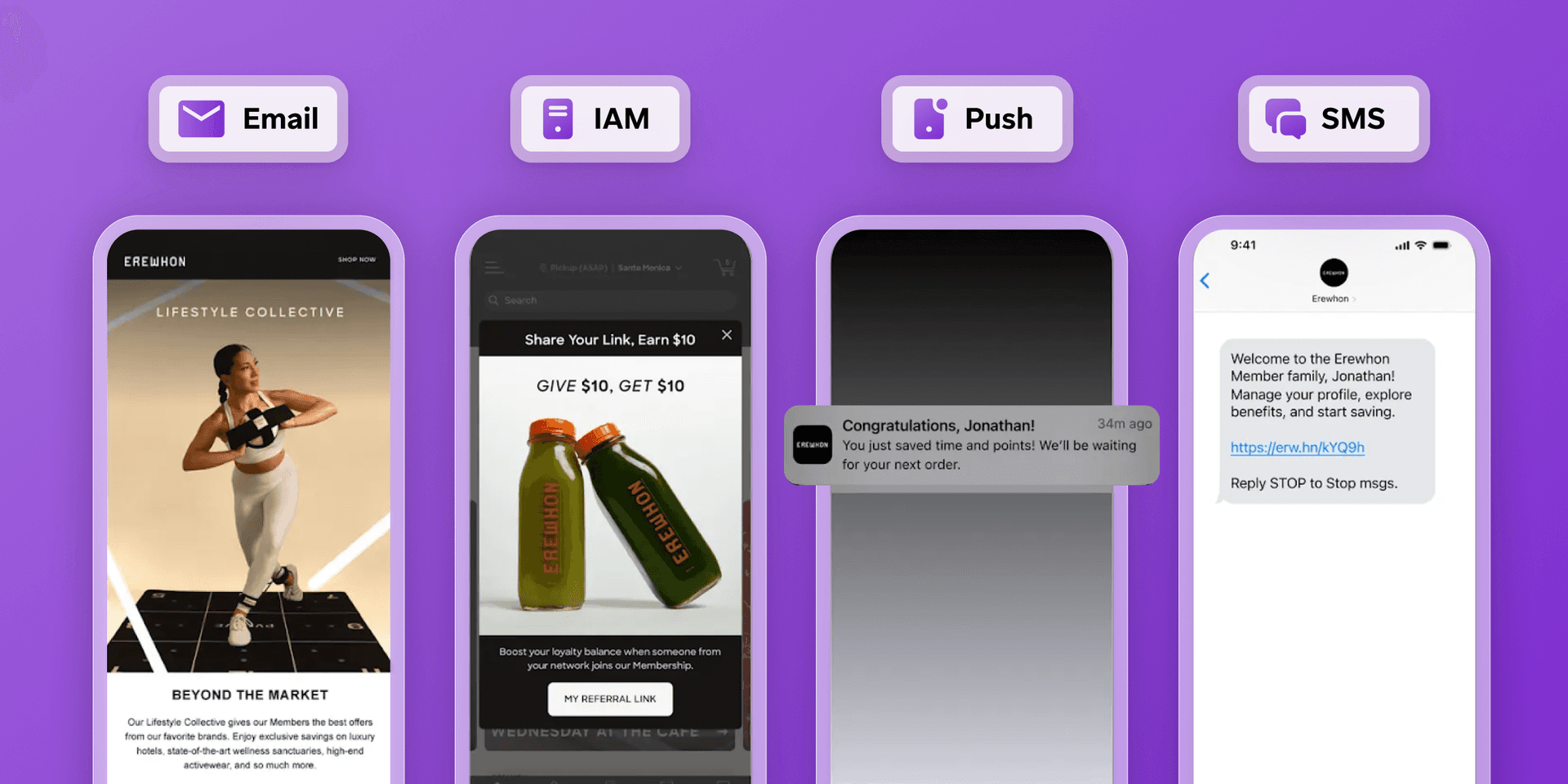
Strategy
Erewhon adopted Braze to orchestrate campaigns across email, SMS, push, and in-app messages. By weaving loyalty status, purchase behavior, and app activity into messaging, the team made every interaction feel more personal. They also used multivariate testing to refine campaigns and focused on building meaningful first-90-day experiences to increase mobile app adoption.
Results
- 20% lift in mobile order engagement, with nearly half of recipients placing a mobile order within 90 days
- ~2X increase in active user volume after launching with Braze
- ~33% reduction in time to launch a campaign
e.l.f. builds loyalty with bold engagement
e.l.f. Cosmetics is a fast-growing beauty brand known for its accessible products and community-driven approach, supported by a loyalty program with more than five million members.
Challenge
The team wanted to improve the digital customer experience, drive adoption of its Beauty Squad loyalty program, and expand to new mobile channels such as SMS and push. Their existing setup lacked the efficiency and scalability to support this growth.
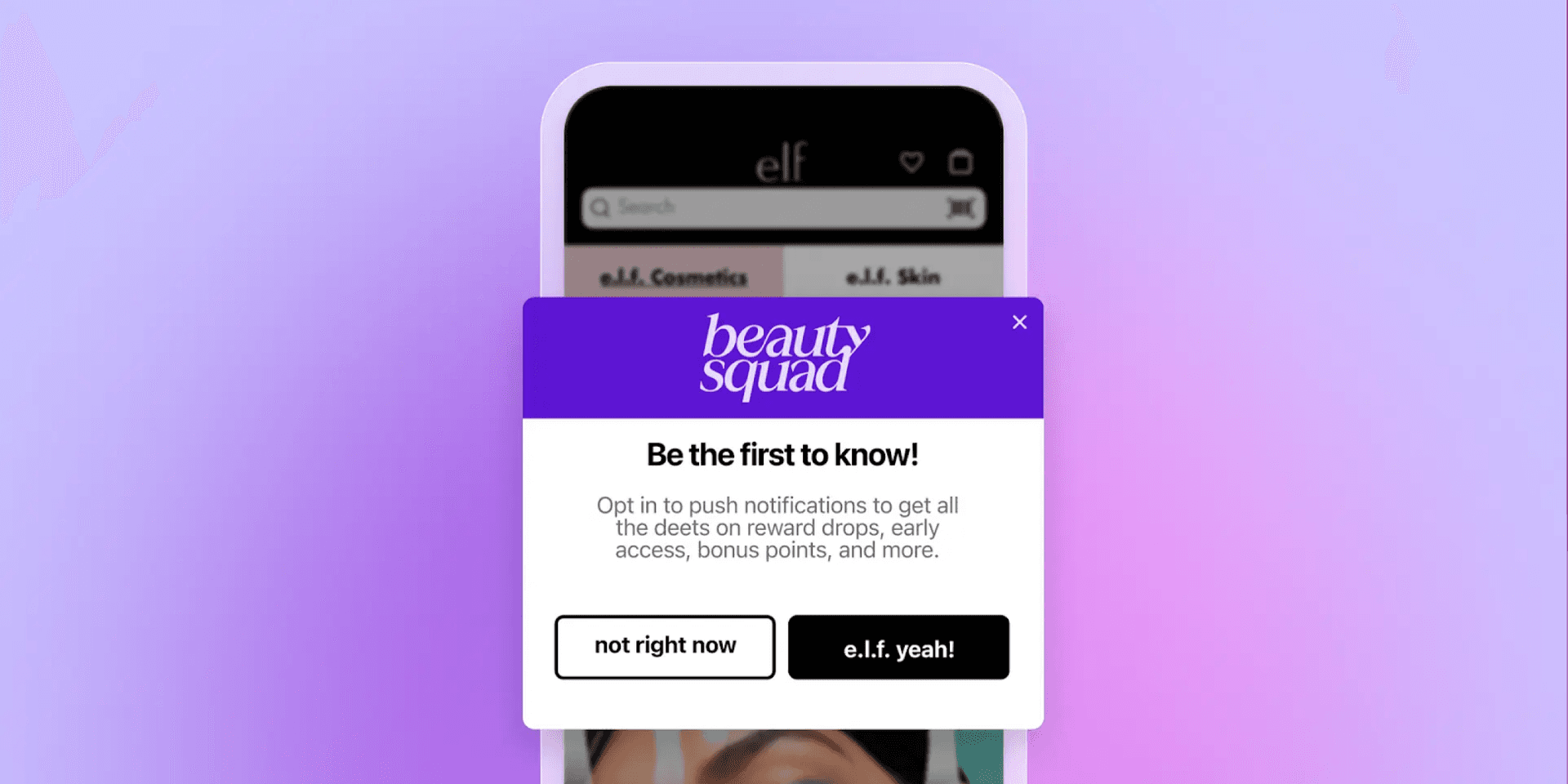
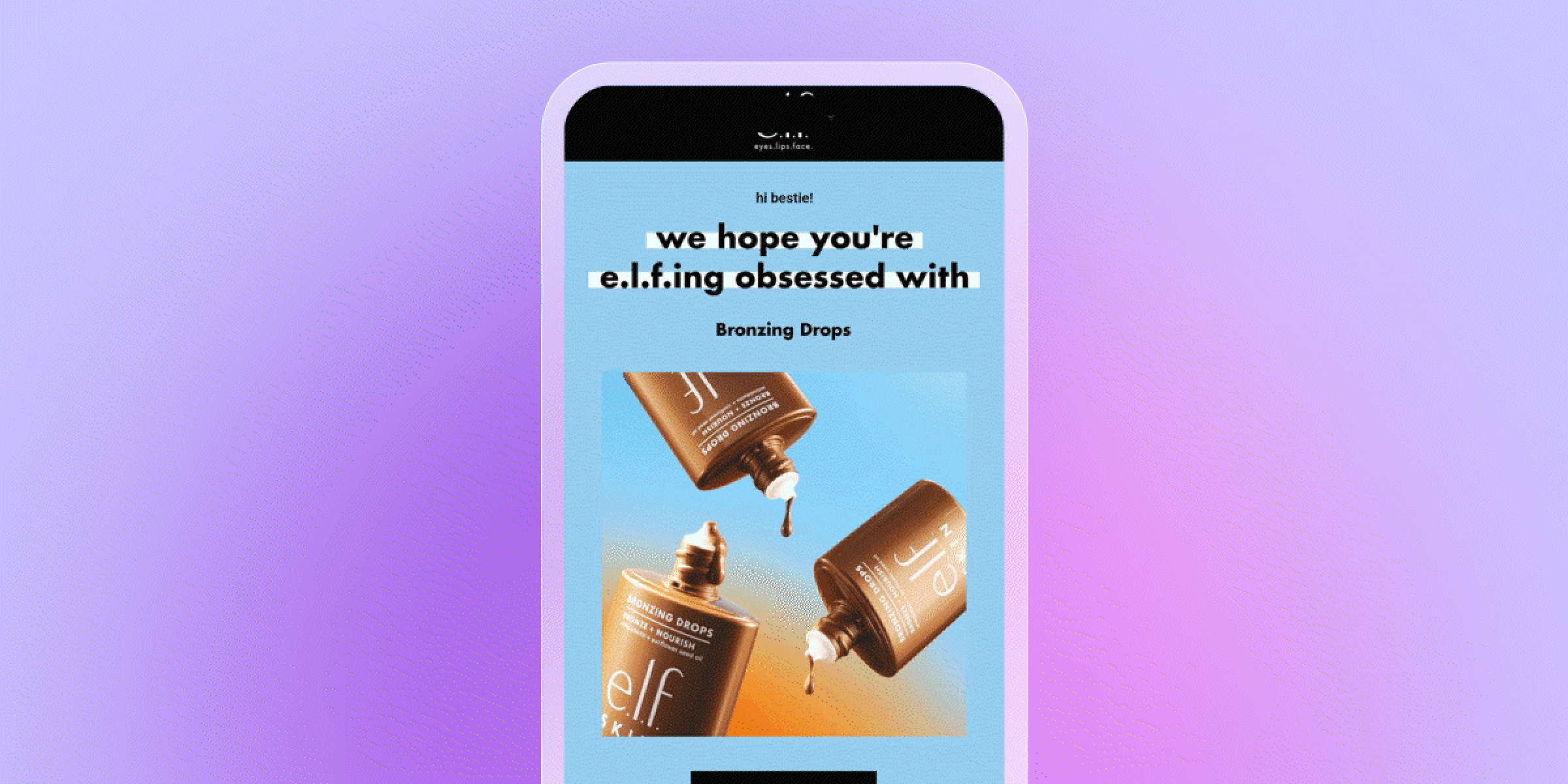
Strategy
By partnering with Braze and Stitch, e.l.f. unlocked new channels and streamlined existing journeys. Push notifications, in-app messages, and cross-channel campaigns drew customers back into the app and made loyalty offers more visible. The team reimagined monthly reward emails as integrated journeys, layering in push notifications to encourage redemptions. They also simplified post-purchase journeys by reducing nearly 100 email templates down to six with dynamic content, enabling faster experimentation and more personalized product education.
Results
- 125% increase in monthly mobile app usage over six months
- 58% increase in loyalty offer redemptions year over year
- Greater team efficiency through simplified workflows and fewer templates
Final thoughts about personalization in retail
Personalization has become a baseline expectation in retail, but the real opportunity lies in how brands use it to strengthen relationships, not just transactions. Bringing together physical and digital touchpoints, guided by AI and fueled by data, gives retailers the chance to connect with customers in ways that feel natural and memorable.
The brands that treat personalization as an ongoing commitment—adapting to changing behaviors and preferences—will be the ones that stand out in a crowded market.
See how Braze helps retailers deliver personalization that converts.
Personalization in retail FAQs
What is personalization in retail?
Personalization in retail is the practice of tailoring shopping experiences, offers, and communications to each customer based on their data, preferences, and behavior across channels.
Why is personalization important in retail?
Personalization in retail matters because it drives measurable outcomes such as higher conversion rates, stronger loyalty program engagement, and greater customer lifetime value.
What are examples of personalization in retail?
Examples of personalization in retail include abandoned cart recovery, loyalty rewards tailored to customer status, in-store recommendations linked to digital profiles, and replenishment reminders.
How does AI enable hyper-personalization in retail?
AI powers hyper-personalization by analyzing behavior and context in real time. It enables predictive send-time optimization, dynamic product recommendations, and reinforcement learning to adapt campaigns continuously.
What are the benefits of retail personalization?
The benefits of retail personalization include increased repeat purchases, higher average order value, more efficient promotions, and improved long-term retention.
What challenges do retailers face with personalization?
Challenges include data silos, privacy and compliance requirements, scaling personalization across millions of customers, and avoiding over-messaging that can create fatigue.
How can Braze help retailers personalize customer journeys?
Braze helps retailers personalize customer journeys by unifying data, supporting predictive personalization with BrazeAI Decisioning Studio™, orchestrating campaigns across channels, and delivering dynamic content in real time.
Related Tags
Be Absolutely Engaging.™
Sign up for regular updates from Braze.
Related Content
View the Blog
Adapting to change: How startups can stay agile in a rapidly evolving market

Team Braze

Digital body language: The startup growth multiplier

Team Braze
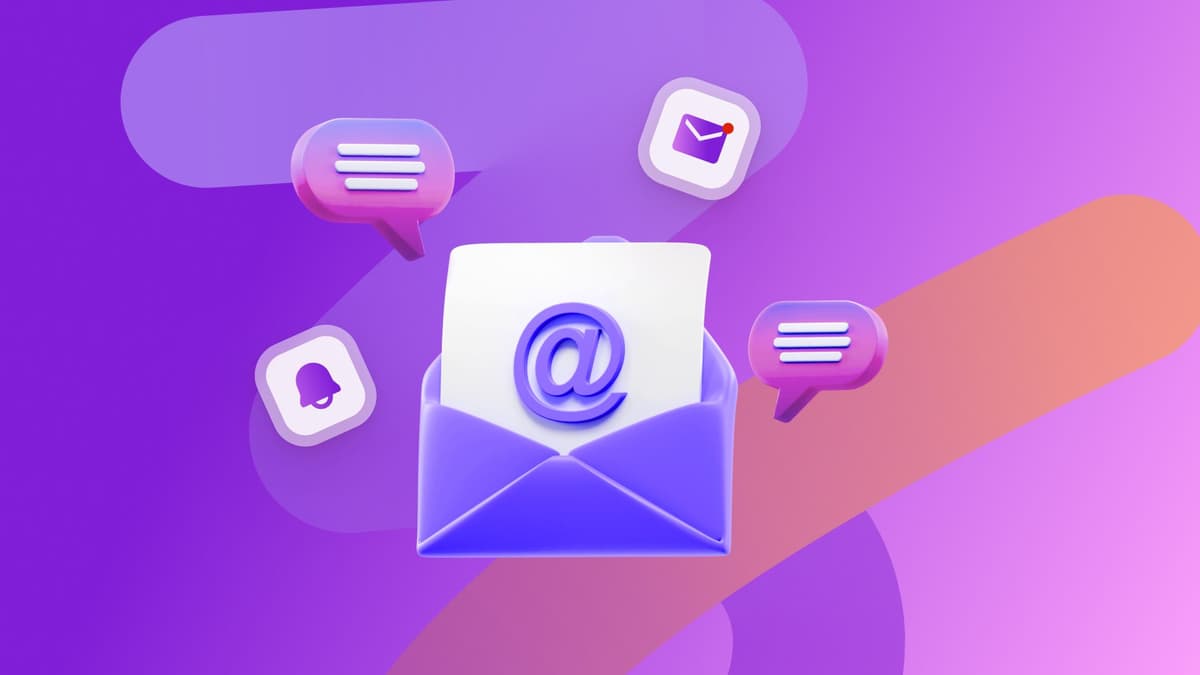
Understanding email open rates and how to improve them
